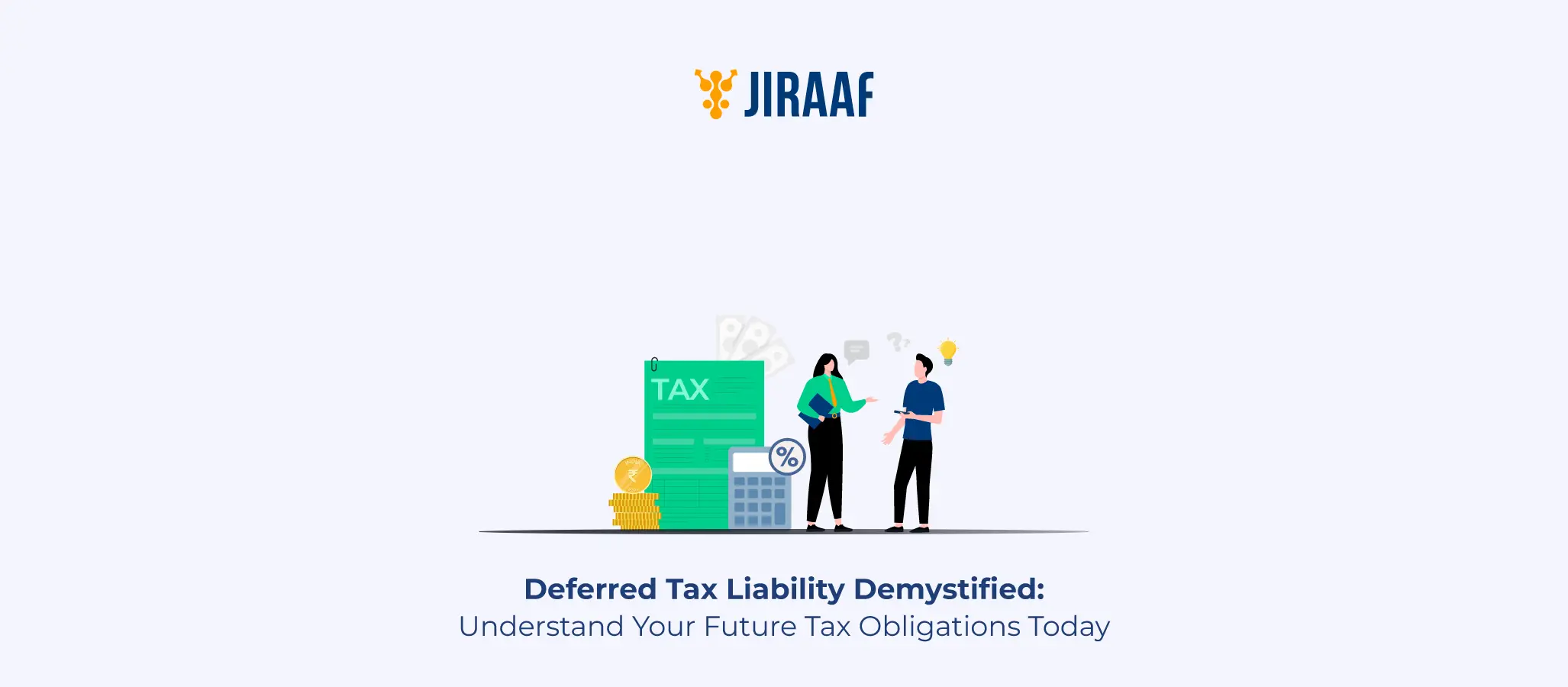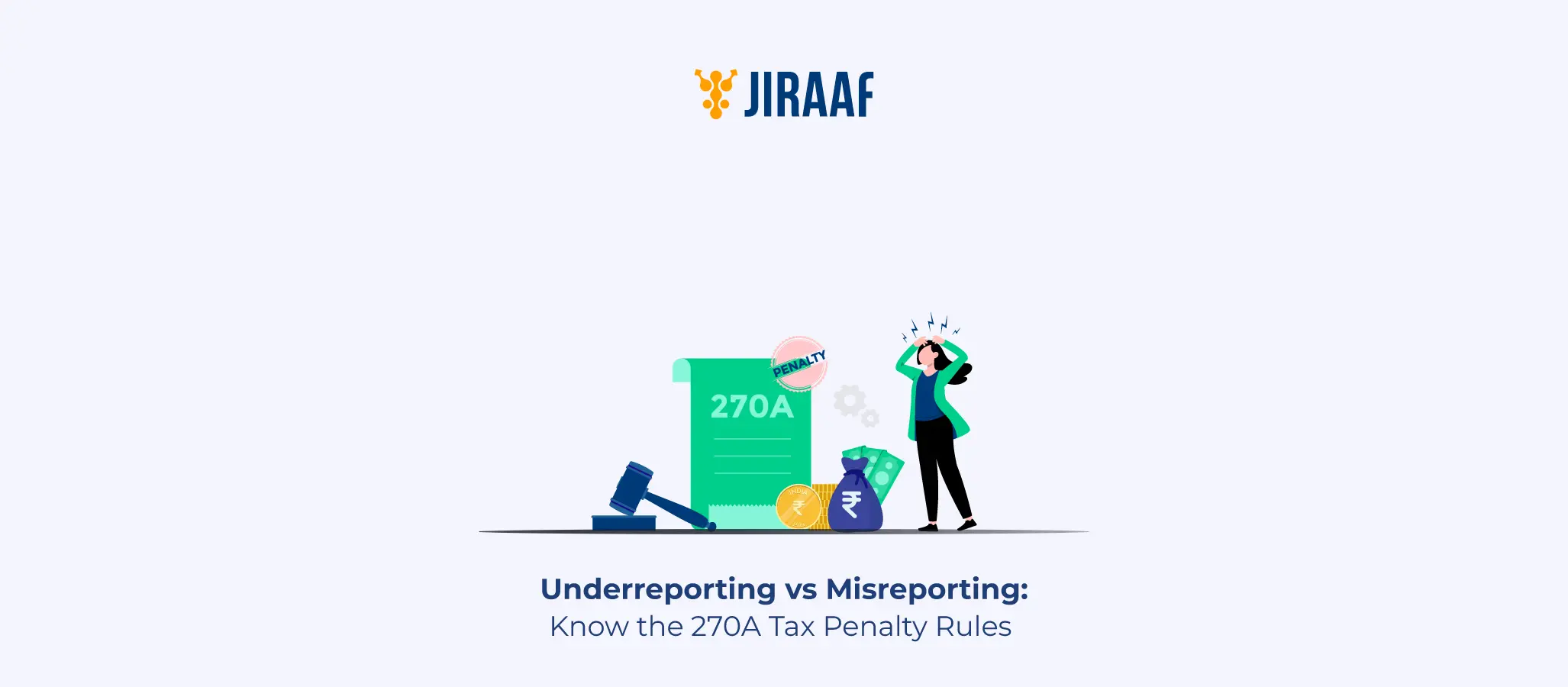If you’re living with a disability, the government sympathizes with your pain and, in the Indian Income Tax Act, recognizes the additional financial burdens you may face—and offers some relief through Section 80U. This section allows a flat deduction on your taxable income if you’re a resident individual with a certified disability, regardless of your actual expenses. Unlike some other deductions that require proof of spending, Section 80U is more straightforward, putting trust in your medical certification.
Whether you’re filing taxes for the first time or looking to optimize your returns, understanding Section 80U can help you reduce your tax burden significantly. Let’s walk you through everything you need to know.
What Is Section 80U of the Income Tax Act?
Section 80U provides an income tax deduction to resident individuals who are certified as persons with disabilities under the Persons with Disabilities (Equal Opportunities, Protection of Rights and Full Participation) Act, 1995, or under the Rights of Persons with Disabilities Act, 2016.
This section ensures that individuals with physical or mental disabilities are given financial support in the form of tax benefits. Unlike Section 80DD (which applies to dependents with disabilities), Section 80U is meant for the taxpayer themselves.
Eligibility Criteria for Claiming 80U Deduction
You can claim the 80U deduction if
- You are a resident individual in India.
- You have a disability of at least 40%, certified by a recognized medical authority.
- The certificate is issued in the prescribed format (Form 10-IA).
- You opt for the old tax regime while filing your Income Tax Return (ITR).
Who Qualifies as a Person with Disability?
As per law, a “person with disability” includes:
- Blindness or low vision
- Leprosy-cured
- Hearing impairment
- Locomotor disability
- Mental illness or retardation
- Autism spectrum disorder
- Cerebral palsy
- Dwarfism
- Multiple disabilities, including deafness and blindness
Deduction Amount Under Section 80U
There are two slab amounts you can claim under Section 80U.
| Disability Type | Deduction Amount (FY 2025-26) |
| Disability (40%–79%) | ₹75,000 |
| Severe Disability (80% or more) | ₹1,25,000 |
Key Point: You don’t need to provide proof of expenses; just the disability certificate is enough to claim this deduction.
Required Documents for 80U Deduction
Here’s what you’ll need:
- Disability Certificate (Form 10-IA) issued by a recognized medical authority.
- If the certificate has an expiry date, you’ll need to get it renewed for continued claims.
- Mention the percentage of disability on the certificate.
- Self-declaration in the ITR form about the claim—no additional documents need to be attached.
How to Claim Section 80U in ITR
Filing the deduction is quite easy if you know where to look in your return form.
Step-by-Step Guide
- Log in to the income tax portal and go to “e-File” > “Income Tax Return”.
- Choose the appropriate form:
- ITR-1 (Sahaj) for most salaried individuals.
- ITR-2 or ITR-3 for individuals with other sources of income.
- In the section “Deductions under Chapter VI-A,” go to 80U – Deduction for person with disability
- Enter the deduction amount: ₹75,000 or ₹1,25,000, depending on your disability status.
- Validate, preview, and file your return.
Section 80U vs Section 80DD: What’s the Difference?
While both sections relate to disability, they serve different purposes and apply to different people:
| Feature | Section 80U | Section 80DD |
| Who can claim? | Individual with disability | Family member supporting a disabled dependent |
| Proof required? | Disability certificate | Certificate + actual expense proof |
| Deduction amount | ₹75,000 / ₹1,25,000 | ₹75,000 / ₹1,25,000 |
| Based on expenses? | No | Yes |
Mistakes to Avoid While Claiming 80U
Even though this is a fairly straightforward deduction, here are some common errors people make:
- Using an expired certificate. Always check the validity. If your certificate is expired, your claim will be rejected.
- Claiming under both 80U and 80DD for the same person. You can’t claim both for yourself and as a dependent. It’s one or the other.
- Choosing the new tax regime. If you opt for the new tax regime (under Section 115BAC), you cannot claim Section 80U.
- Incorrect ITR form selection. Choosing the wrong ITR form might result in an incomplete claim. Pick the correct form based on your income sources.
- Not entering the claim in the correct section. Always use the “Deductions under Chapter VI-A” field and choose Section 80U explicitly.
Example
Meet Rina, a 29-year-old graphic designer diagnosed with cerebral palsy (65% disability). Her annual income is ₹7.5 lakh. She opts for the old tax regime.
Without 80U Deduction
- Taxable Income: ₹7,50,000
- Tax Payable: ~₹52,500 (after 87A rebate)
With 80U Deduction (₹75,000)
- Taxable Income: ₹6,75,000
- Tax Payable: ~₹37,500
- Tax Saved: ₹15,000
That’s no paperwork, no hassle—just a valid certificate and ₹15,000 saved.
Conclusion: Additional Tip Most Miss
Here’s a strategy you probably haven’t considered: plan your tax-saving investments around this deduction. Since Section 80U provides a flat benefit, you can focus your other deductions (like 80C and 80D) for maximum returns. Pairing this with smart choices like ELSS, NPS, or health insurance can significantly lower your taxable income.
Also, proactively renew your certificate before expiry to ensure no disruption in your deduction claims. Think of 80U not just as a relief, but as a right—make sure you claim it every year.
FAQs
What is Section 80U?
It’s a tax deduction for resident individuals with a certified disability. It allows you to claim ₹75,000 for 40%–79% disability and ₹1,25,000 for severe (80%+) disability—without needing to show actual expenses.
Who can claim deduction under Section 80U?
Only resident individuals certified by a medical authority as having at least 40% disability can claim this benefit. Non-residents and HUFs are not eligible.
Can Section 80U and 80DD be claimed together?
Yes, but only for different individuals. You can’t claim both for the same person. Section 80U is for self, while 80DD is for dependents.
What documents are required for claiming Section 80U?
You need a valid disability certificate issued by a recognized medical authority. The certificate must specify the percentage of disability and may need periodic renewal.
Is the 80U deduction available in both tax regimes?
No, Section 80U deduction is available only under the old tax regime. If you opt for the new regime (under Section 115BAC), you cannot claim it.
Discover fixed income investments with Jiraaf, a SEBI registered online bonds platform that educates and brings access to a wide array of bonds. Sign up today to explore diversified fixed income investment opportunities to support your goal-based wealth creation journey. Start investing!









